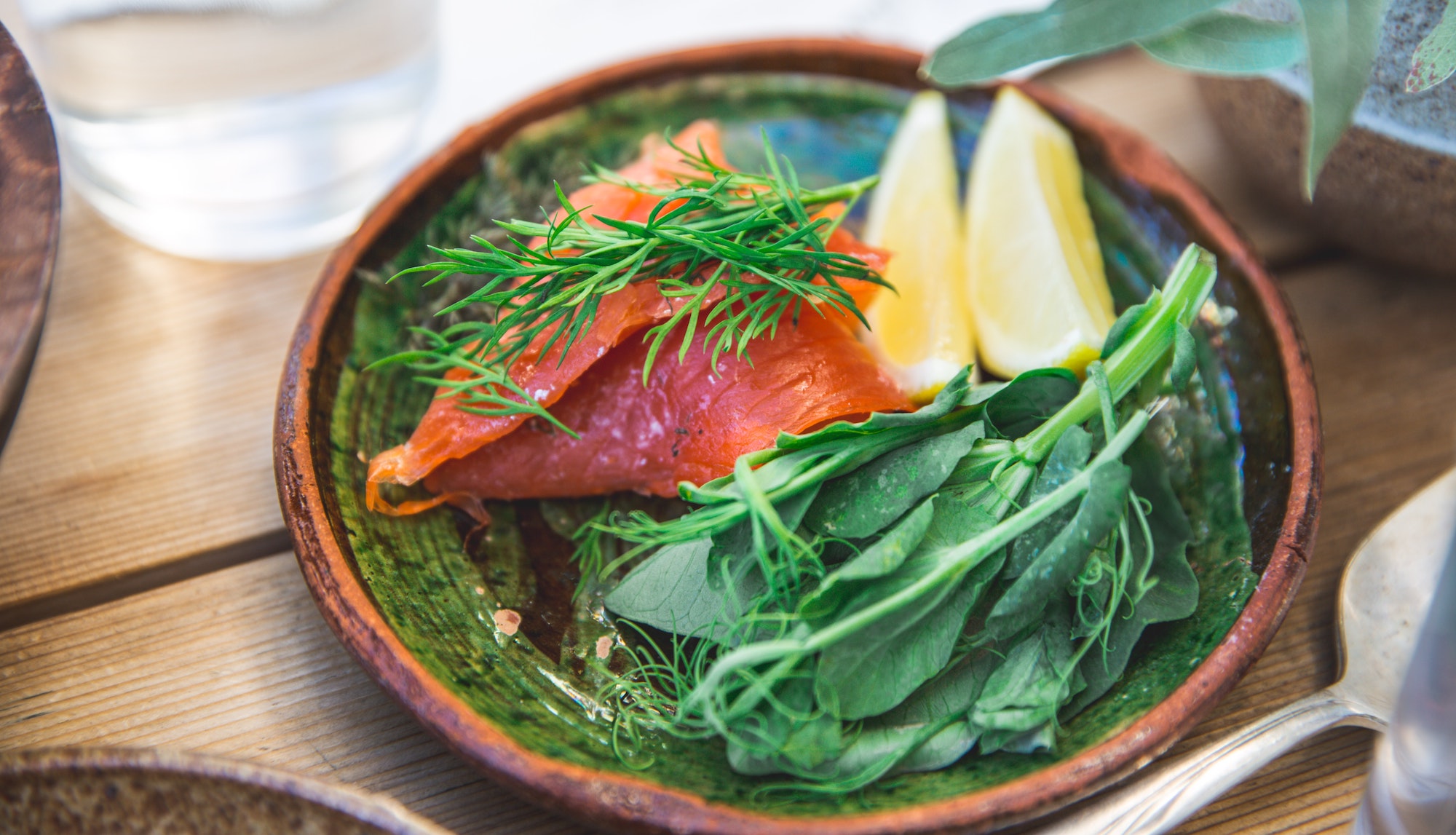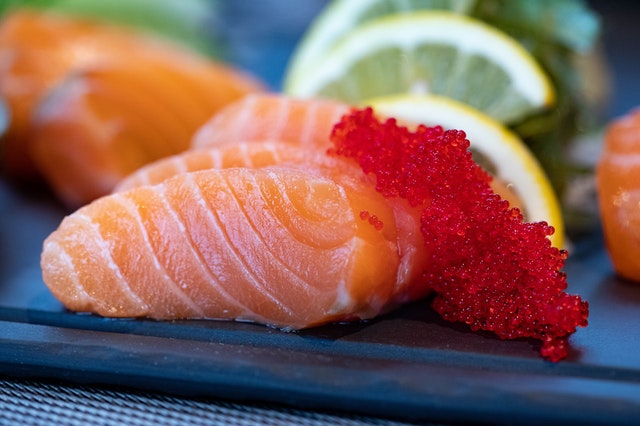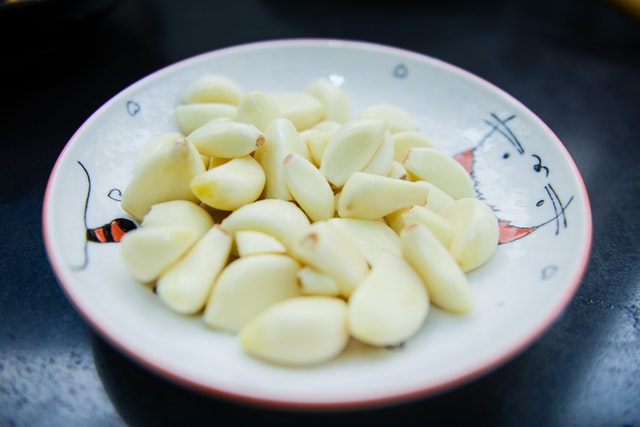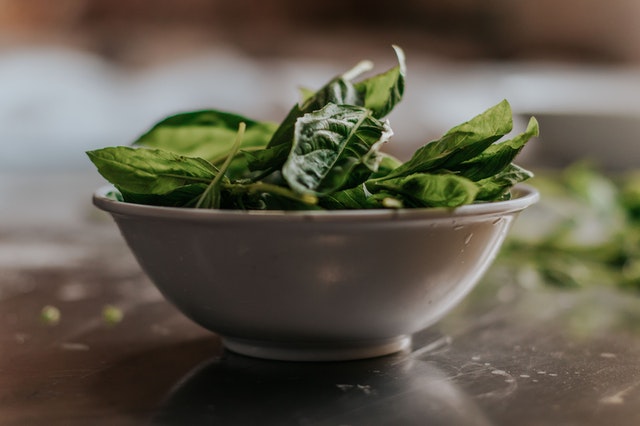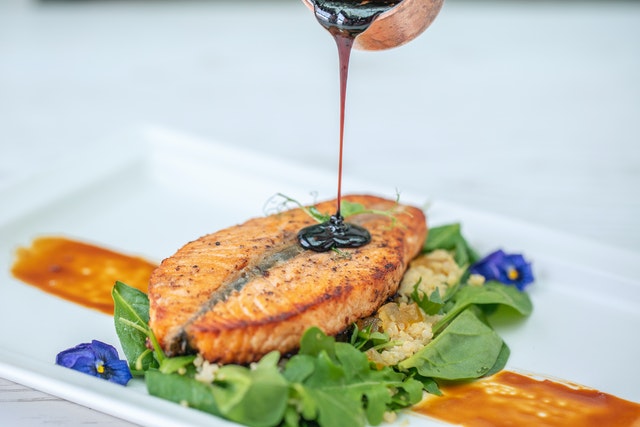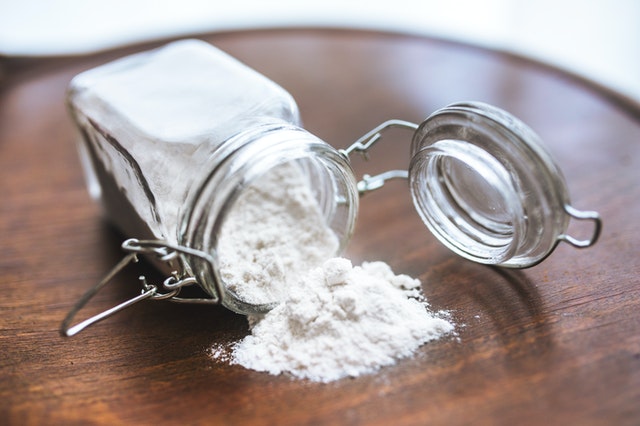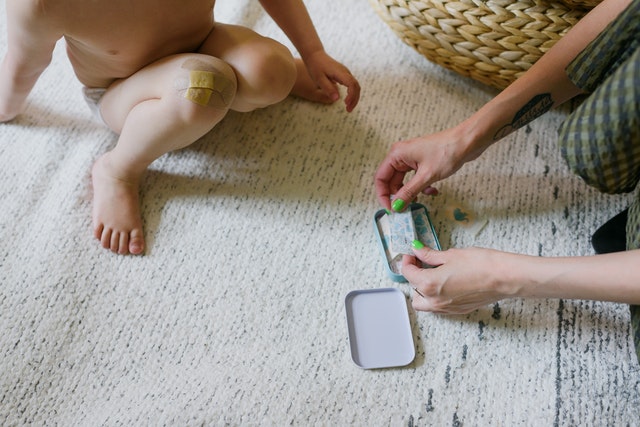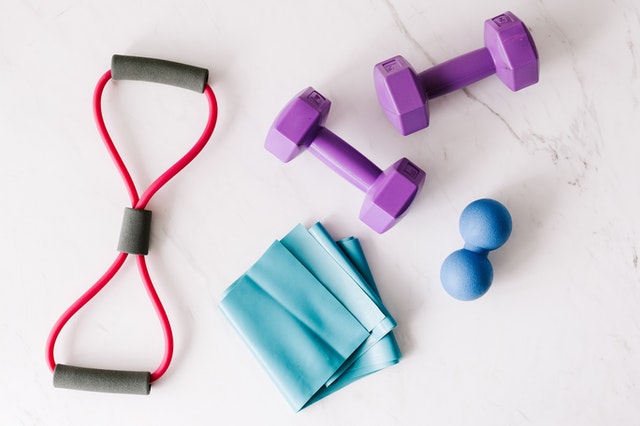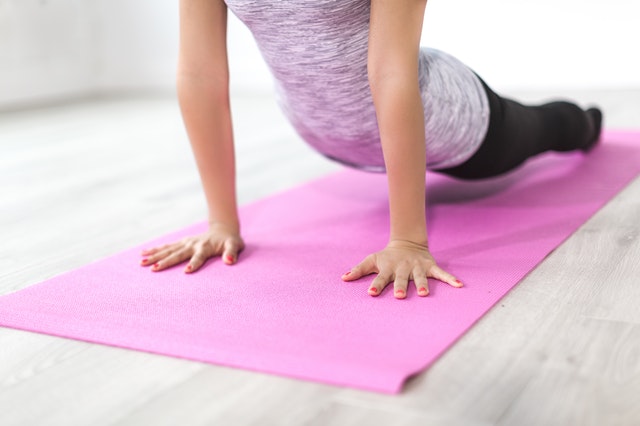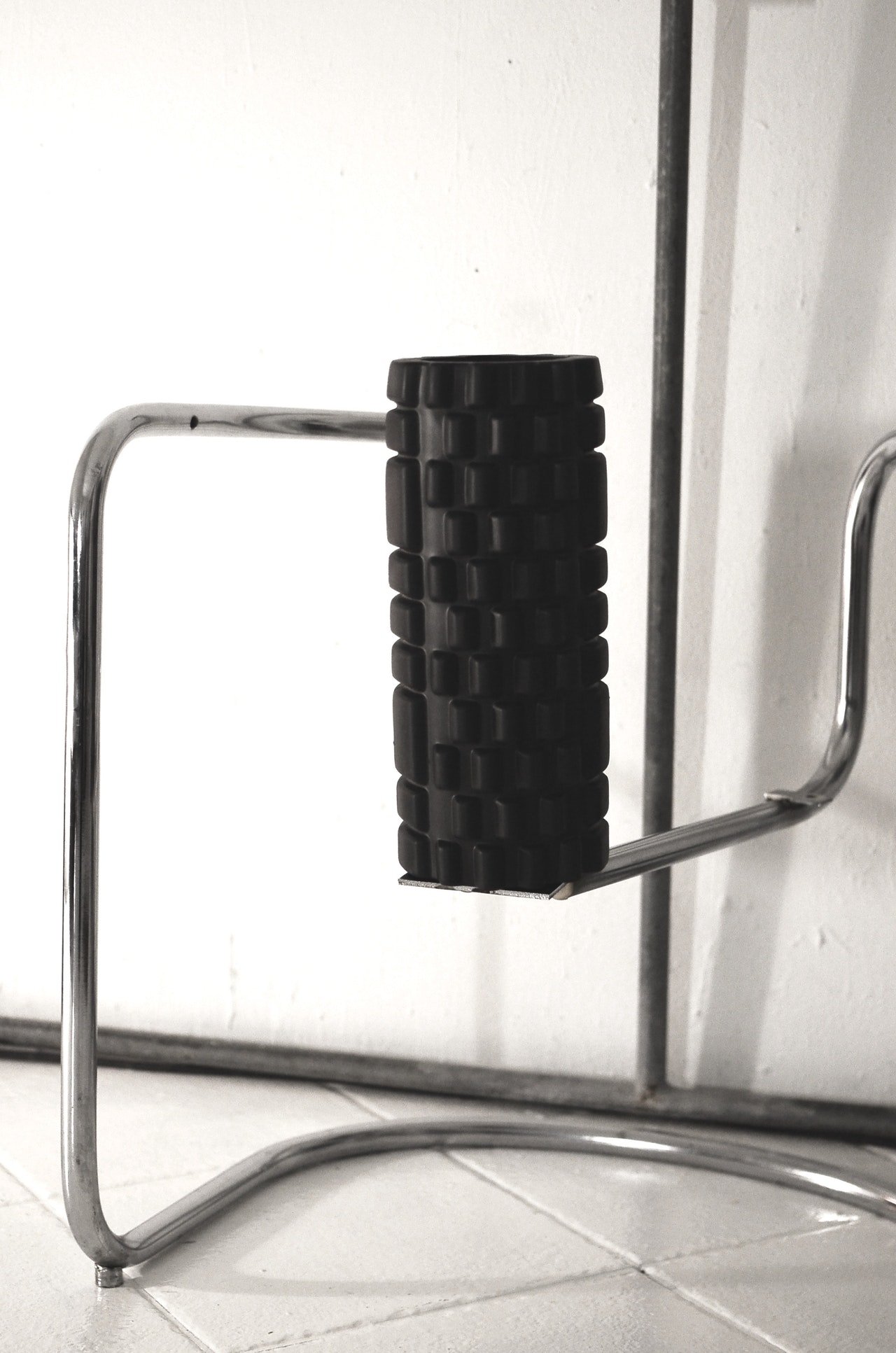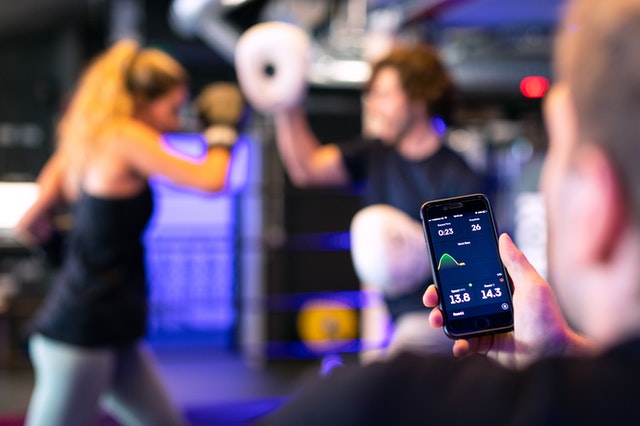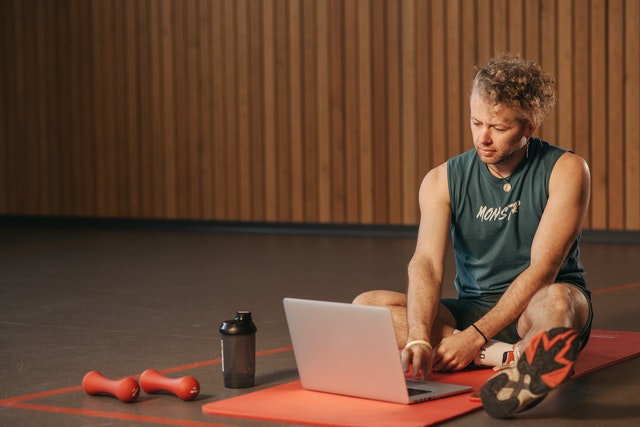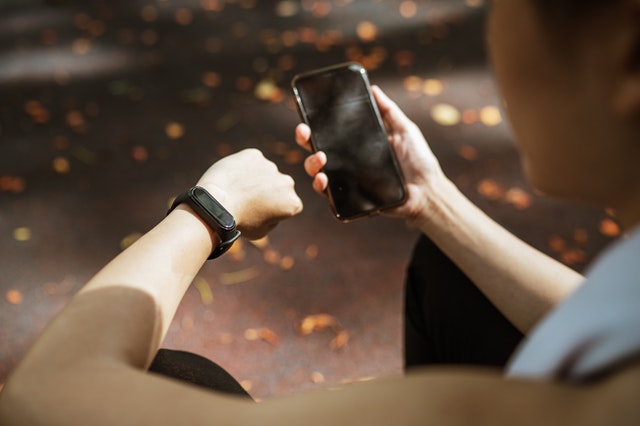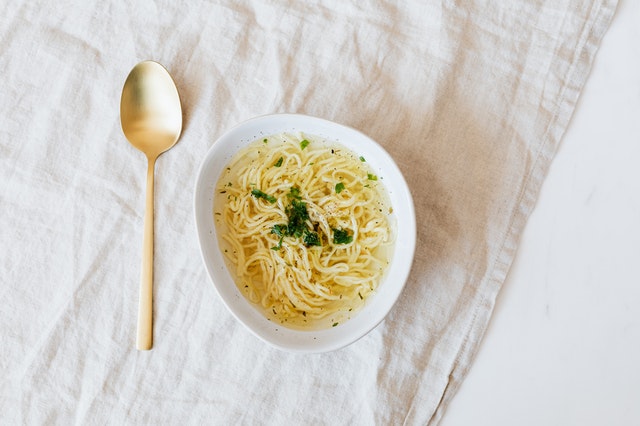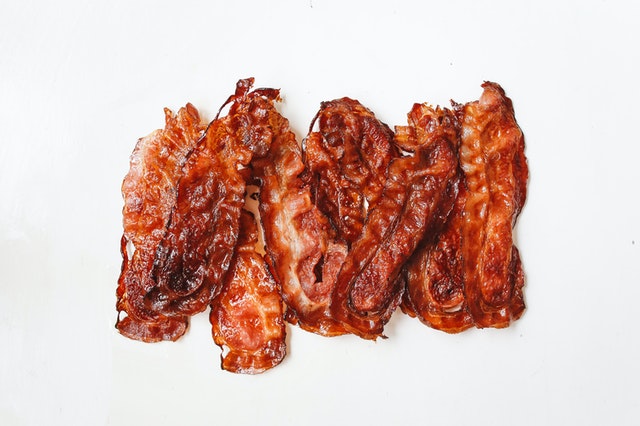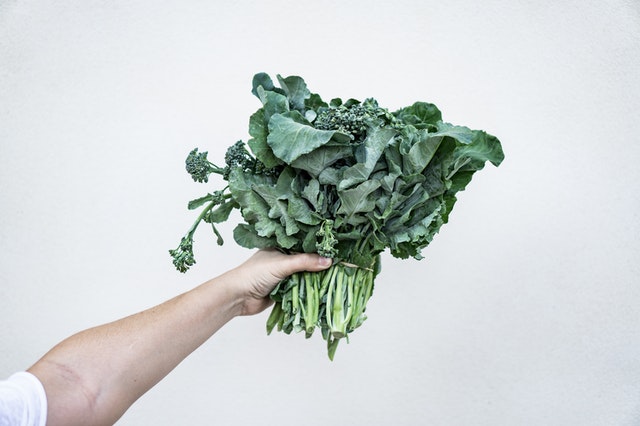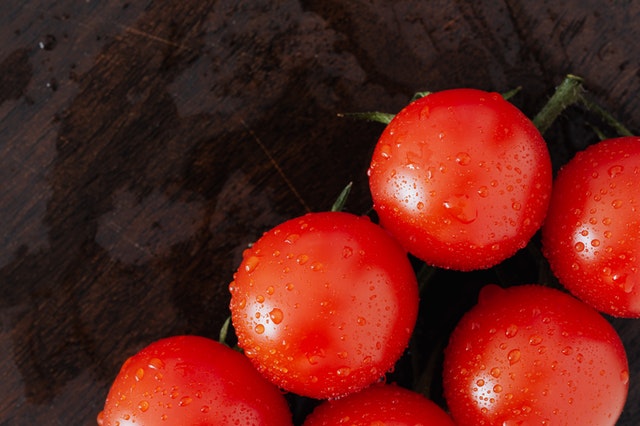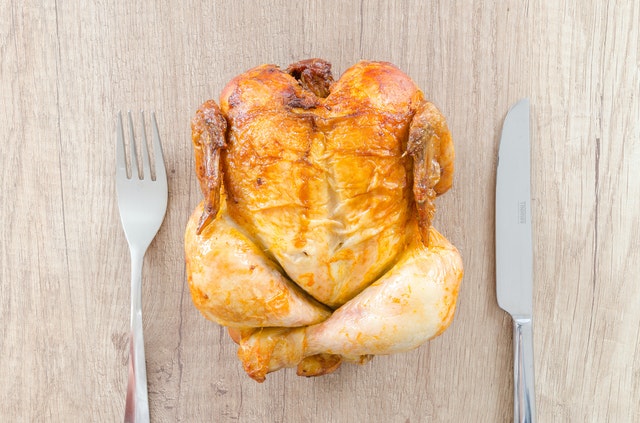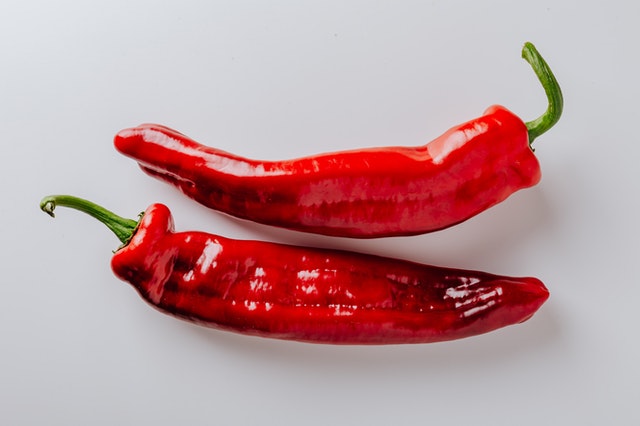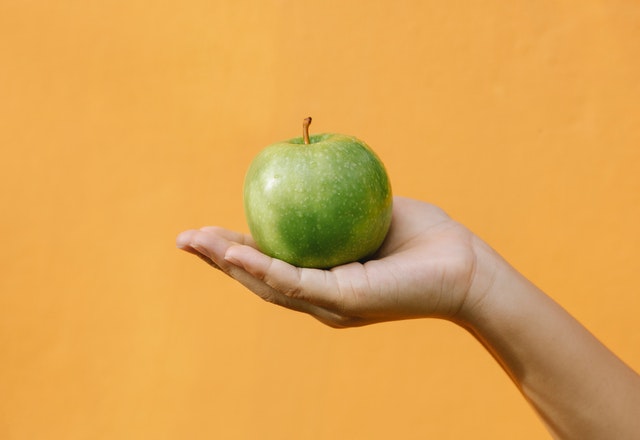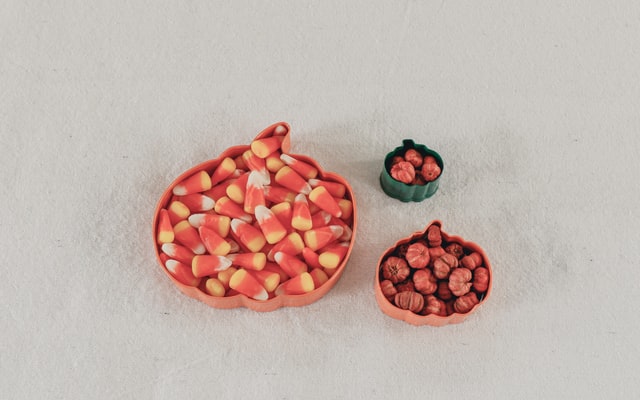For most people, finding a sleep position is about finding the most comfortable position possible. Sometimes, you end up sprawled out across the mattress on your stomach, and other times, on your side with your knees tucked into your chest. However, despite the various options, you likely favor one position over others, and that position will typically fall into one of three categories: back, side, or stomach sleeper. Which position is right or wrong depends on the individual.
The Back or Supine Position

Sleeping on one’s back is often touted as the superior sleep position because it reduces stress on the body, improving muscle or joint pain symptoms. Additionally, adjustments to this position, like raised feet, can reduce swelling and risks associated with congestive heart failure. However, the supine position is not for everyone.
People who struggle to breathe at night or are diagnosed with sleep apnea will find this position challenging and even life-threatening. The position allows the tongue and lower jaw to shift backward, potentially obstructing the airway. Sleeping on the back can also lead to louder snoring.
The Side or Lateral Position

Sleeping on one’s side, either the left or the right, can circumvent the potential problems of the supine position. Many side sleepers find it easier to breathe in the lateral position and report less snoring and reduced sleep apnea symptoms. Additionally, for individuals with joint or knee pain, especially when it affects one side more than the other, sleeping on the opposite side with a pillow between the knees can relieve pain and improve sleep.
The primary cons of sleeping in the lateral position are increased pressure, shifting organs, and the potential of increased shoulder, hip, and lower back pain. When you sleep on your side, gravity automatically pulls on your internal organs, putting pressure on the heart from the lungs. The effects of pressure on the heart include heart strain and increased kidney output.
The Stomach or Prone Position
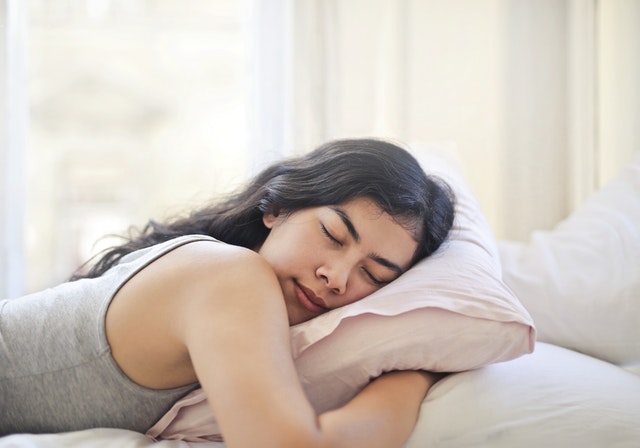
Not many people sleep on their stomachs. The prone position often requires the head to be turned to either side, with the arms in any number of positions and the legs straight out. The advantages of prone sleep include the avoidance of many of the supine problems and the organ shifts of the lateral position. Additionally, a prone position can provide greater comfort, especially when the sleeping surface is not ideal.
However, the prone position is not the best position to sleep because of the risks of neck, shoulder, and back injuries. The need to twist the neck to one side or the other puts pressure on the neck, shoulders, and upper back. It can also make it hard to breathe. Sleeping on one’s stomach means the body’s weight is restricting the motion of the ribs and pressing down on the lungs, making it hard to breathe.
Which sleep position is best? Unfortunately, there is no straight answer because everyone is unique. You might not have a problem breathing at night, meaning that a supine position is superior, or you might struggle with knee pain, making a lateral position more favorable. Essentially, the position that is best for you is the one that allows the most comfortable and uninterrupted night’s sleep. You can visit a sleep specialist if you want a more specific answer.
What is your favorite sleep position?


